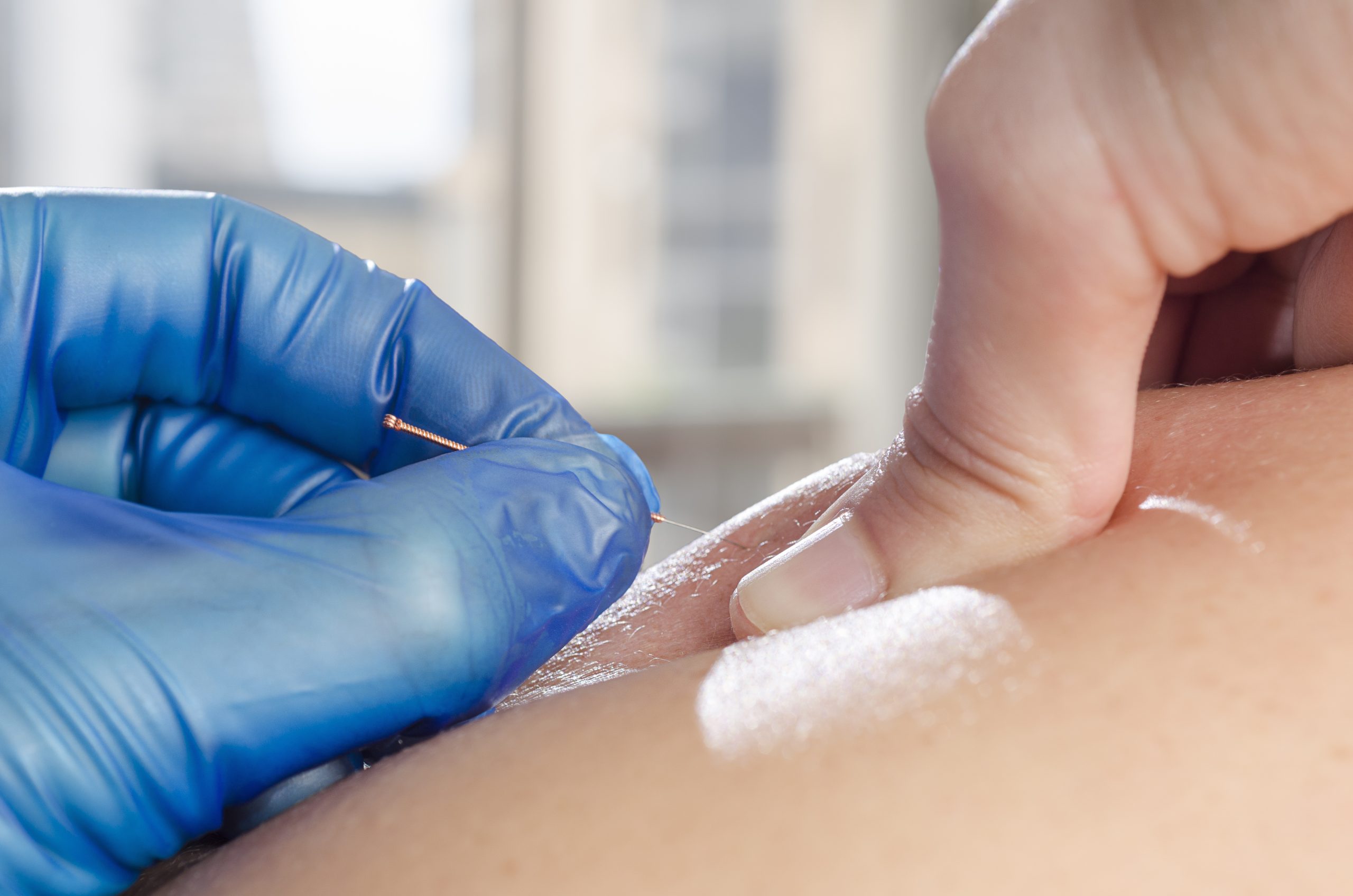Home | Specialties | Occupational Therapy | Desensitization Therapy
Dry Needling
Physical therapy may incorporate dry needling as a treatment technique for certain conditions. Dry needling involves the insertion of thin needles into specific trigger points or tight muscles to relieve pain, improve muscle function, and promote healing.

Reclaim your comfort
Pain Management
Dry needling can help reduce pain and discomfort by targeting trigger points, which are knots or tight bands within muscles that can cause pain and referred pain in other areas of the body. By inserting needles into these trigger points, physical therapists aim to release muscle tension and alleviate pain.
Muscle Relaxation
Dry needling can help relax overactive or tight muscles by promoting muscle relaxation and reducing muscle spasms. The insertion of the needle stimulates a local twitch response, which can help reset the muscle and restore its normal function.
Improved Range of Motion and Flexibility
Tight muscles can restrict joint movement and limit flexibility. By targeting and releasing these tight muscles through dry needling, physical therapists can help improve range of motion and enhance flexibility, allowing for better mobility and function.
Enhanced Blood Circulation
The insertion of needles during dry needling can stimulate blood circulation in the targeted area. Improved blood flow can promote healing by delivering oxygen, nutrients, and immune cells to the injured or affected tissues, accelerating the recovery process.
Neuromuscular Control and Motor Function
Dry needling can help improve neuromuscular control and motor function by targeting specific muscles and trigger points. By releasing tension and reducing muscle imbalances, physical therapists can enhance muscle coordination and restore optimal movement patterns.
